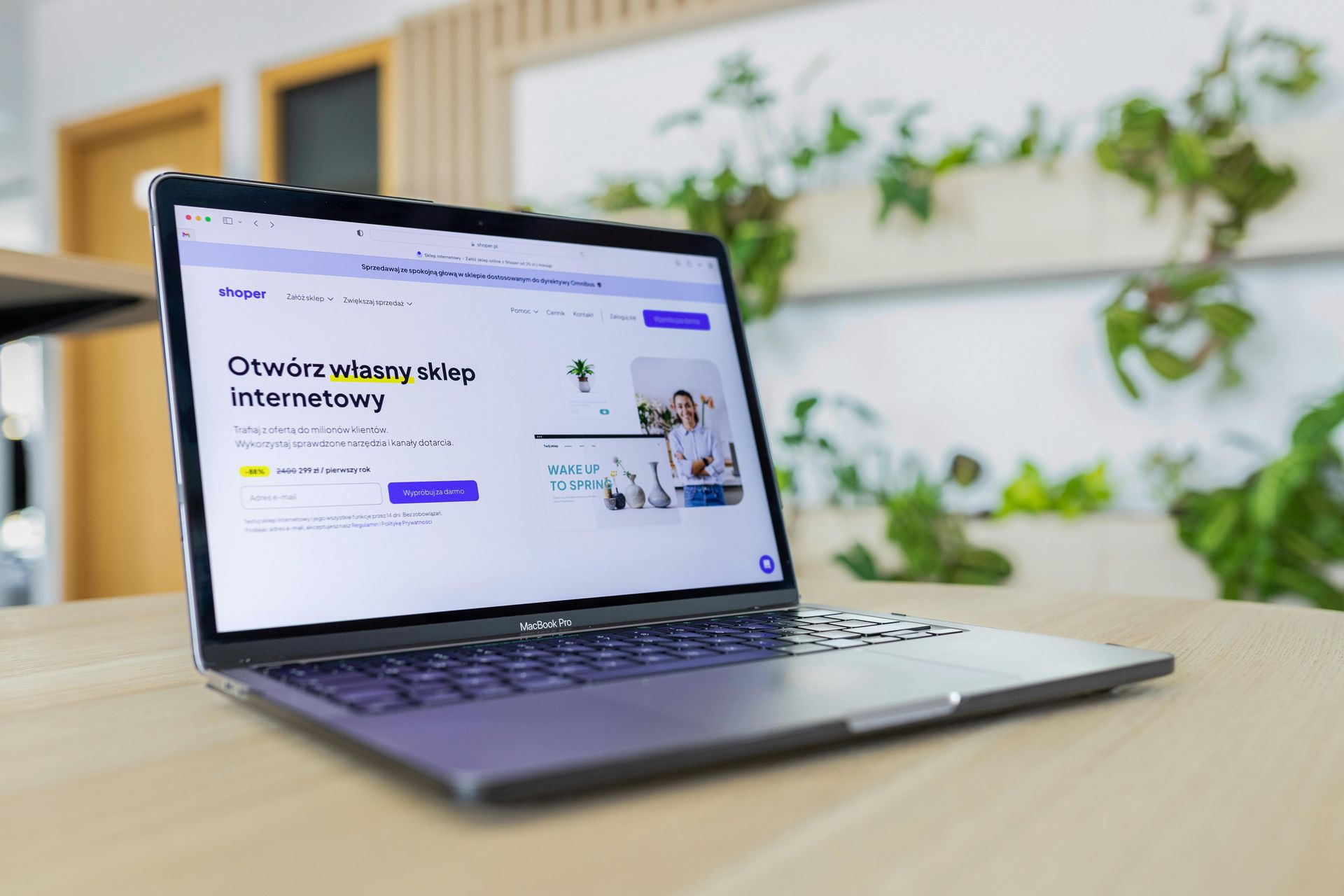7 Crucial Elements of Successful Mobile App Design
In an era where our smartphones are extensions of our bodies, the success of a mobile app hinges not just on its functionality but on its design. A captivating and intuitive design is what sets successful apps apart in the bustling digital marketplace.

1. Intuitive User Interface
An intuitive user interface (UI) is at the heart of successful mobile app design. It's what makes the first impression on users and determines how easily they can navigate through the app. A well-designed UI is both aesthetically pleasing and functional, guiding users effortlessly from one task to the next without confusion. Simplified navigation paths, logical element placement, and clear call-to-action buttons are foundational to an interface that users can interact with naturally, reducing frustration and enhancing the overall user experience.
2. Consistency Across Design
Consistency in mobile app design fosters a sense of familiarity and reliability among users. It involves maintaining a uniform appearance and behavior throughout the app with consistent use of colors, fonts, button styles, and design patterns. This consistency not only strengthens your brand identity but also makes the app more predictable for users, enhancing their confidence in navigating and using the app.
3. Fast Load Times and High Performance
In the fast-paced digital age, users expect mobile apps to load quickly and run smoothly. High performance and speedy load times are crucial for ensuring that users remain engaged and do not abandon the app out of frustration. Optimizing image sizes, minimizing the use of heavy animations, and efficient coding practices are key strategies to enhance app performance and keep users satisfied.
Moreover, regular testing across different devices and networks is essential to ensure consistent performance and identify any bottlenecks that could impact user experience. Implementing lazy loading techniques and optimizing backend operations can also contribute to faster response times, making the app more agile and responsive to user inputs.
4. Effective Onboarding Process
An effective onboarding process acquaints users with the key features and functionalities of the app, offering a seamless introduction that enhances user engagement right from the start. By providing a quick, instructive, and engaging tutorial or walkthrough, developers can ensure users understand how to get the most out of the app, thereby reducing drop-off rates and encouraging longer usage sessions.
5. Mobile App Personalization
Personalization in mobile app design is about catering to the user's preferences, behavior, and location to deliver a more tailored experience. By leveraging user data, apps can offer personalized content, recommendations, and features that resonate more deeply with individual users. This not only enhances the user experience but also increases the likelihood of the app becoming an integral part of the user's daily life.
6. Accessibility for All Users
Designing for accessibility means ensuring that your mobile app is usable by people with a wide range of abilities, including those with visual, motor, auditory, or cognitive disabilities. This includes implementing voice-over capabilities, adjustable font sizes, high contrast color schemes, and easy navigation to make the app more inclusive. Prioritizing accessibility not only expands your user base but also reflects a commitment to equality and inclusivity in the digital space.
7. Security and Data Privacy
In the digital era, security and data privacy are paramount in mobile app design. Users entrust apps with personal information, and it's the developer's responsibility to protect this data against breaches, leaks, and unauthorized access. Implementing robust security measures such as data encryption, secure authentication, and regular security audits can help build trust with users, ensuring they feel safe using your app.







